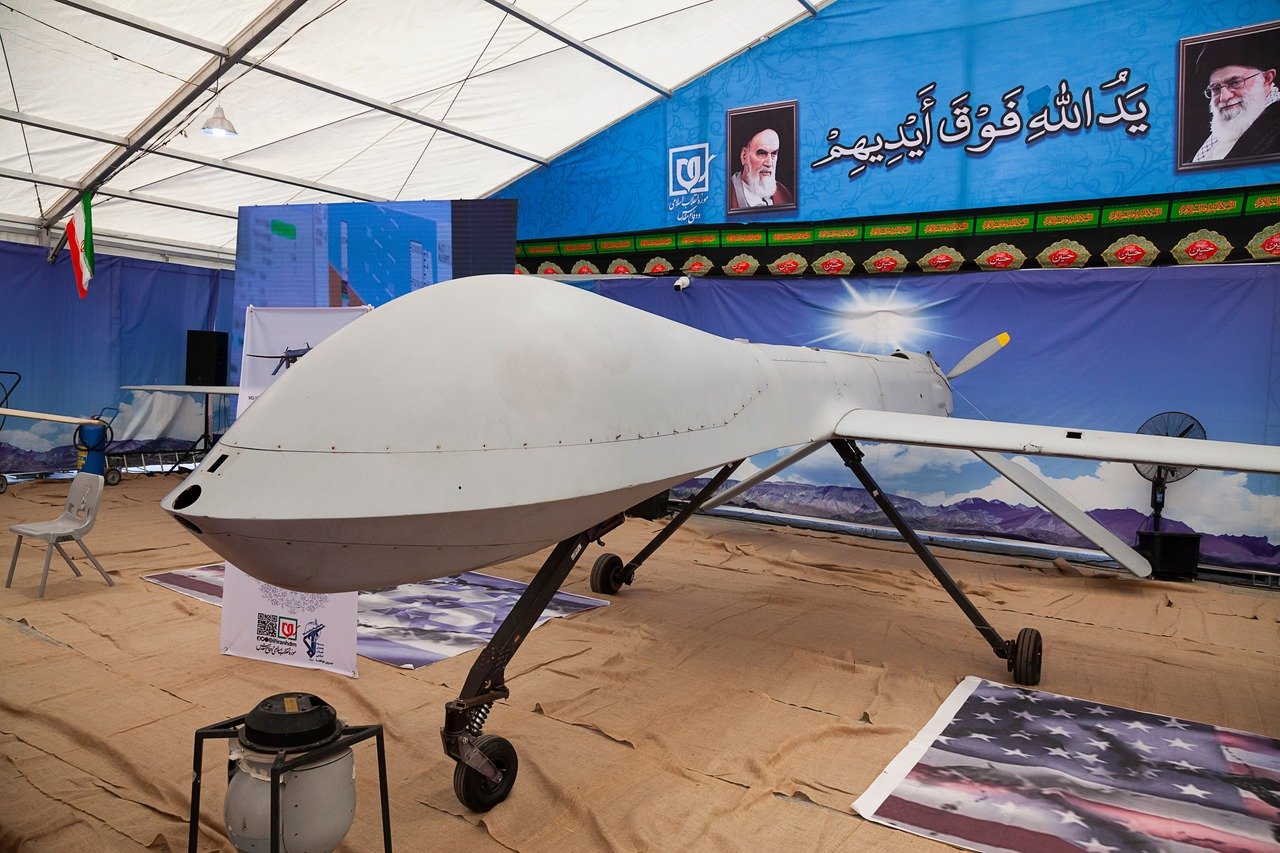These sophisticated UAVs join Tehran’s other lethal drones, which have been prominently used by Russian forces in Ukraine.
Iran has suffered several debilitating blows to its military apparatus this year. The near decimation of two of its regional proxy groups in Gaza and Lebanon coupled with the collapse of the Assad government in Syria have seriously hampered Tehran’s clout in the Middle East. Israel has also directly struck Iran with sophisticated and targeted retaliatory strikes in October, further underscoring the Islamic Republic’s vulnerability. In light of these events, Tehran is certainly trying to demonstrate strength to its allies and perceived enemies alike. Earlier this month, regime-run news outlets alleged that Iran’s army received a new shipment of 1,000 drones. The unmanned aerial vehicles (UAVs) were delivered to several locations throughout Iran and are expected to host “high stealth and anti-fortification abilities,” according to Tasnim. While the details of this alleged delivery remain murky, Iran has proven to be a drone powerhouse in the region. From fueling Russia’s ongoing Ukraine invasion to steadily supplying its regional proxies with a constant influx, Tehran’s UAV-producing capabilities are alarming.
Iran claims to possess dominant UAV power
“The drones’ unique features, including a range of over 2,000 kilometers, high destructive power, the ability to pass through defense layers with low Radar Cross Section, and autonomous flight, not only increase the depth of reconnaissance and border monitoring but also boost the combat capability of the army’s drone fleet in confronting distant targets,” Tasnim news reported. This recent delivery occurred as Tehran has geared up for the inauguration of U.S. president Donald Trump. The new U.S. administration has taken hard lines in terms of Iran policy in the past, including designating the Yemen-based Houthi rebels as a terrorist organization in 2021. Notably, the Houthis perhaps represent the greatest headache the White House will immediately encounter. The Iranian-backed group has launched hundreds of projectile barrages targeting both Israeli and American maritime assets in the Red Sea. Considering Trump’s previous statements and actions against Iran’s regional affiliates like the Houthis, the Iranian regime is clearly bolstering its defense and strike capabilities.
What we know about Iran’s UAV arsenal
Last year, Iran added the Ababil-4 and the Ababil-5 UAVs to its weapons arsenal. As detailed in a report published by the U.S. Institute of Peace, the latter UAV is capable of carrying four guided anti-tank missiles with a range of roughly 5 miles or six precision-guided bombs with a range of just under 4 miles. Additionally, the drone has a flight distance of 300 miles. These sophisticated UAVs join Tehran’s other lethal drones, including the Shahed-136 and Shahed-131 series, which have been prominently used by Russian forces in Ukraine.
While Israel and Hamas have agreed to a ceasefire, any signs of escalation could lead Iran’s regional proxy groups to resume bombardments against Israel. Even if Tehran’s new UAVs are as powerful as the regime would like to purport, Trump’s “maximum pressure” campaign against Tehran may dissuade new attacks.
About the Author: Maya Carlin
Maya Carlin, National Security Writer with The National Interest, is an analyst with the Center for Security Policy and a former Anna Sobol Levy Fellow at IDC Herzliya in Israel. She has by-lines in many publications, including The National Interest, Jerusalem Post, and Times of Israel. You can follow her on Twitter: @MayaCarlin. Carlin has over 1,000 articles published over the last several years on various defense issues.
Image: saeediex / Shutterstock.com
